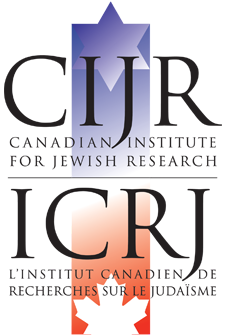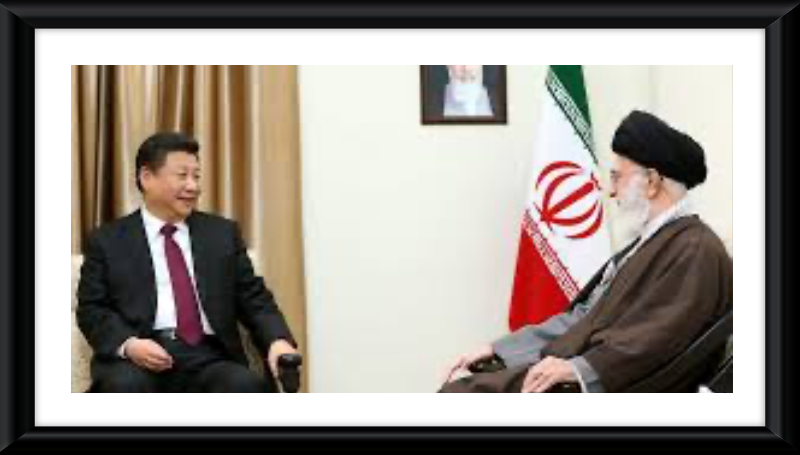Zineb Riboua
Mosaic, June 23, 2025
“For China and Russia, this narrative of a sacred struggle against the West offers a moral framework for challenging the U.S.-led order—making Iran not just a strategic ally, but an ideological force within the axis.”
Israel’s Operation Rising Lion unleashed a ferocious assault, swiftly dismantling Iran’s warfighting infrastructure. Precision strikes eliminated senior commanders of the Islamic Revolutionary Guard Corps (IRGC), destroyed missile- and drone-production hubs, and severed Tehran’s command networks. Within days, President Donald Trump seized the moment and launched Operation Midnight Hammer, ordering U.S. strikes on Iran’s nuclear strongholds at Fordow, Natanz, and Isfahan. These sites formed the backbone of Tehran’s nuclear ambitions, and they were hit with surgical precision at a moment of maximum vulnerability.
The campaign has advanced with speed and strategic focus, building on Israel’s sustained effort to dismantle Iran’s regional influence, from crippling Hizballah in Lebanon, to eliminating the Hamas politburo chief Ismail Haniyeh in Tehran, and targeting Houthi positions in Yemen. But the war is about more than battlefield gains. Washington and Jerusalem have undermined Iran’s place in the Middle East, and by doing so have destabilized the anti-American axis—led by China and Russia—of which it is a part.
Since 1979, the Islamic Republic of Iran has cast itself as the vanguard of global resistance to Western dominance. Its revolutionary ideology fuses Shiite political theology with a militant, anti-Western breed of anti-imperialism, portraying the United States and Israel not simply as geopolitical adversaries, but as existential enemies of a divinely ordained order. The Islamic Republic’s founder, Ayatollah Ruhollah Khomeini, encapsulated this worldview by framing of America as the “Great Satan” and Israel as the “Little Satan,” and making “Death to America” his regime’s enduring slogan.
This ideology, of necessity, does not stop at Iran’s borders—or even at the boundaries of the Middle East. From its founding, the Islamic regime has viewed Iran as the surrogate of a broader revolution, a vessel for exporting its model of “resistance,” which is its preferred term for the struggle against the West. It has advanced this mission through networks of armed proxies in the Middle East, and of religious seminaries across the globe. By casting resistance as a moral imperative, the Islamic Republic offers an ideological blueprint that binds together a diverse array of actors, from Shiite militias in Iraq, to guerrillas in Africa, to money-laundering networks in Latin America, all under the banner of anti-Americanism…..SOURCE


